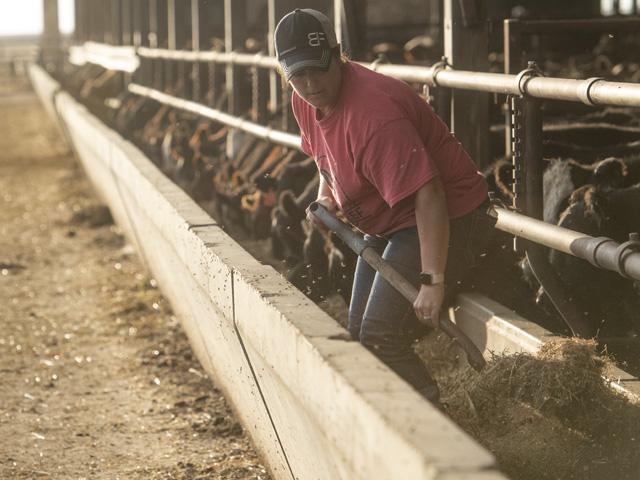Call the Market
Set Distractions Aside and Let the Cattle Market Trade Cattle
As the war in Ukraine entered its sixth day, it seems cattlemen can cling to only one truth from the market -- if anything negative flashes before our eyes (fire, viruses, cyberattacks, war) the cattle market will trade lower.
One (because let's be honest there are many) of the frustrating things about the cattle market is that, unlike other commodities, live cattle are an expiring commodity with a relatively short shelf life. On days where the corn market buckles and crashes lower, farmers grumble because their asset loses value. But they're blessed with the option to let their crop sit in a bin and wait for the market to yield strong prices before selling. The same cannot be said for cattle.
There are very few days throughout the calendar year in which cattle don't trade. Holidays limit trade and sale barns see lighter runs in the heat of summer. But, by and large, the cattle market is always operating. Cattle traded through the unknown days of COVID. Cattle traded when fire sparked at the packing plant in Kansas. Cattle traded while cyberattacks glitched computer servers. And cattle need to continue to trade as the war in Ukraine unfolds.
P[L1] D[0x0] M[300x250] OOP[F] ADUNIT[] T[]
I've shared this before, but I feel like the reminder is necessary. Some of the greatest advice I ever received was from a feeder who I spoke with after the packing plant fire in Holcomb, Kansas. "Cattlemen have a rotten tendency that when times get tough, they stop looking at their cattle like assets, and start looking at them like liabilities," he said. It's a profound statement and he's completely right.
Instead of calling balls and strikes in their own market, cattlemen tend to become price takers in seasons of uncertainty. And I promise you, the price givers in that scenario (packers) are snickering behind closed doors and hoping this completely derails the cash cattle market's rally. They'd love nothing more than if the cash markets stayed volatile through this spring and chopped sideways at $140 before blundering lower this summer.
And while it's become difficult for the cash market to stride out and achieve a sizeable rally without the support of the futures complex, I have more faith in feedlots demanding a cash rally than I do speculative traders taking a long position.
The war between Ukraine and Russia isn't going to end overnight and I'd hate to see cattlemen and feedlot operators forgo any chance at rallying the market when fundamentals align for them to do so. Showlists this week are lower throughout all major feeding regions. Boxed beef prices are likely to bottom any day now. And have you been paying attention to beef cow slaughter speeds? So far in 2022, we have processed 510,600 head of beef cows. That's 53,000 head more than what had been processed at this time in 2021 and 158,780 head more compared to the five-year (2017-21) average for this time.
The cattle market has suffered through lousy and insufficient prices during the last three years. My heart mourns for the people in Ukraine and what they're experiencing. But it's not a reason for the cattle market to waive its opportunity to aggressively push for a strong spring rally. Cattlemen, I beg for you to take an offensive role in the market. To make this business work, you have to play offensively. Because if you get stuck playing defense, you're always late and always behind.
ShayLe Stewart can be reached at ShayLe.Stewart@dtn.com
(c) Copyright 2022 DTN, LLC. All rights reserved.






